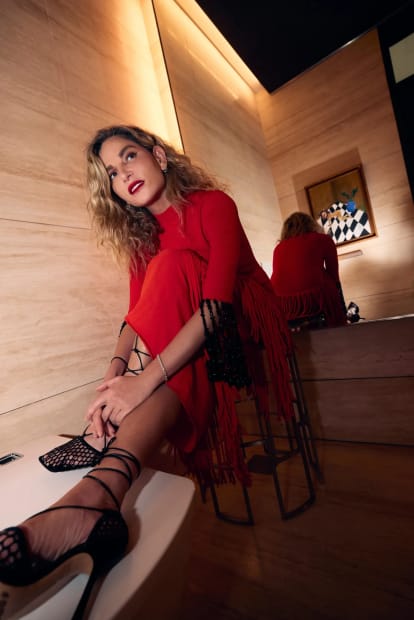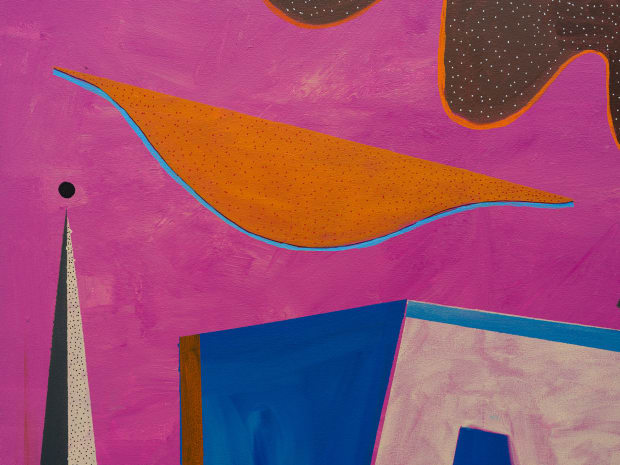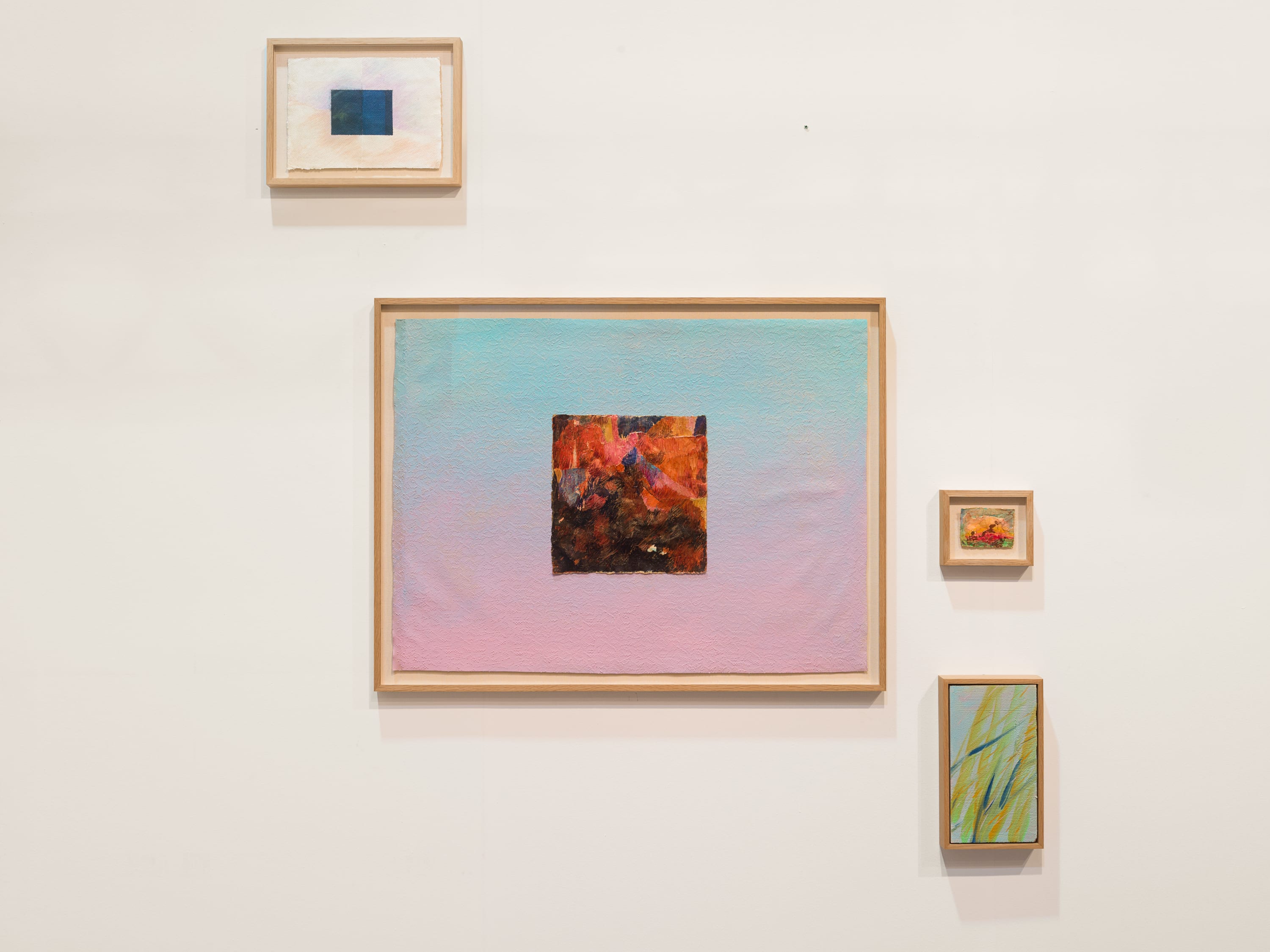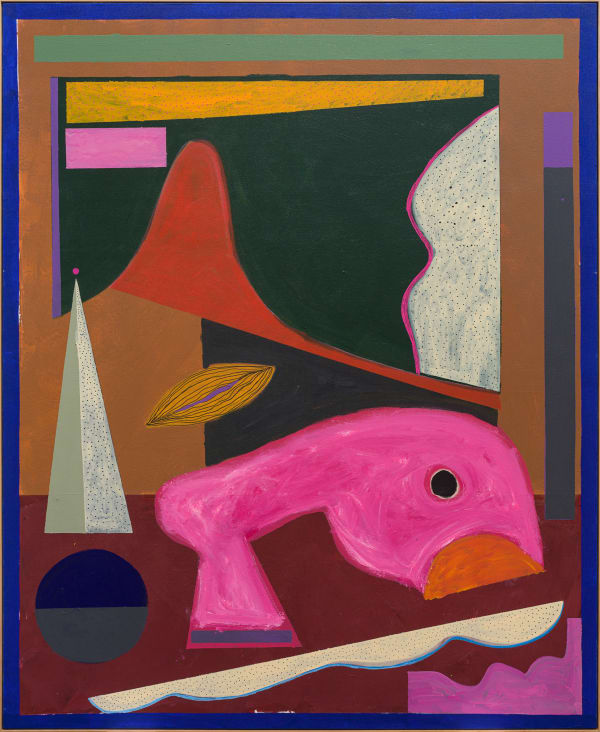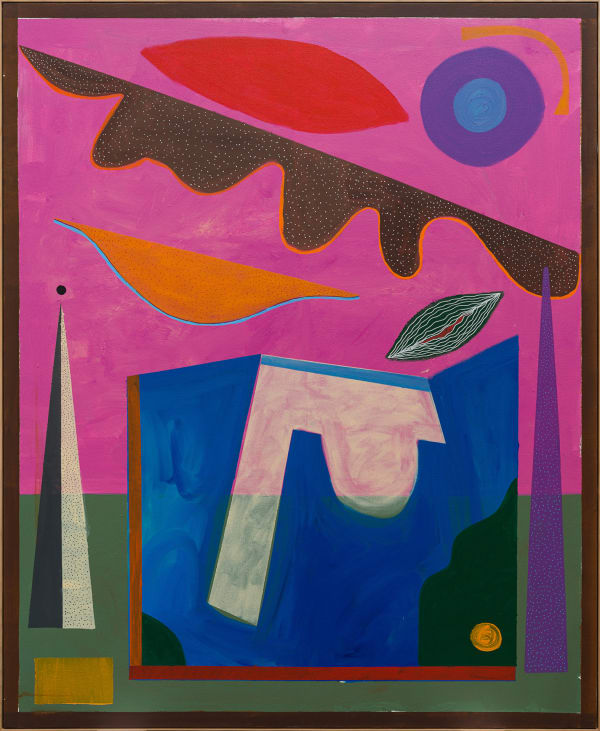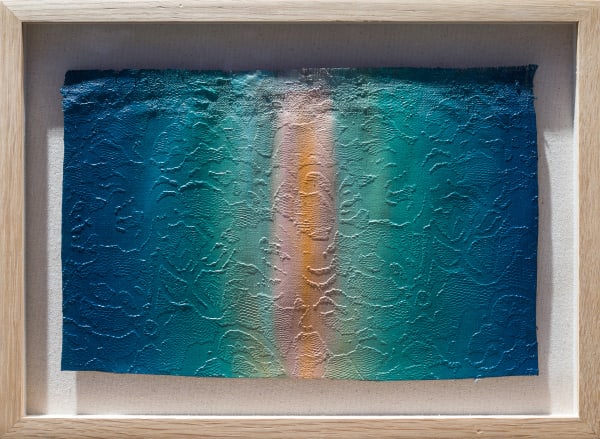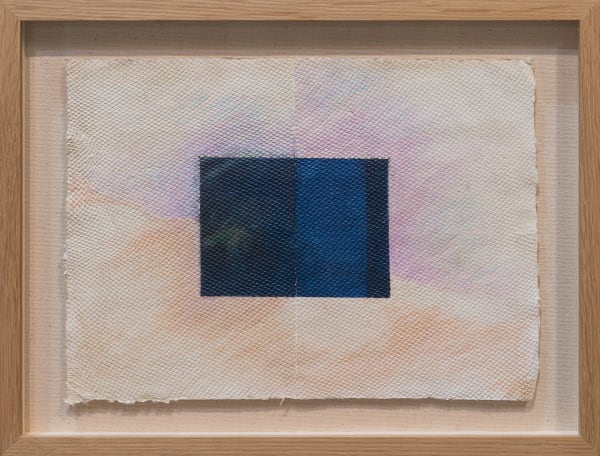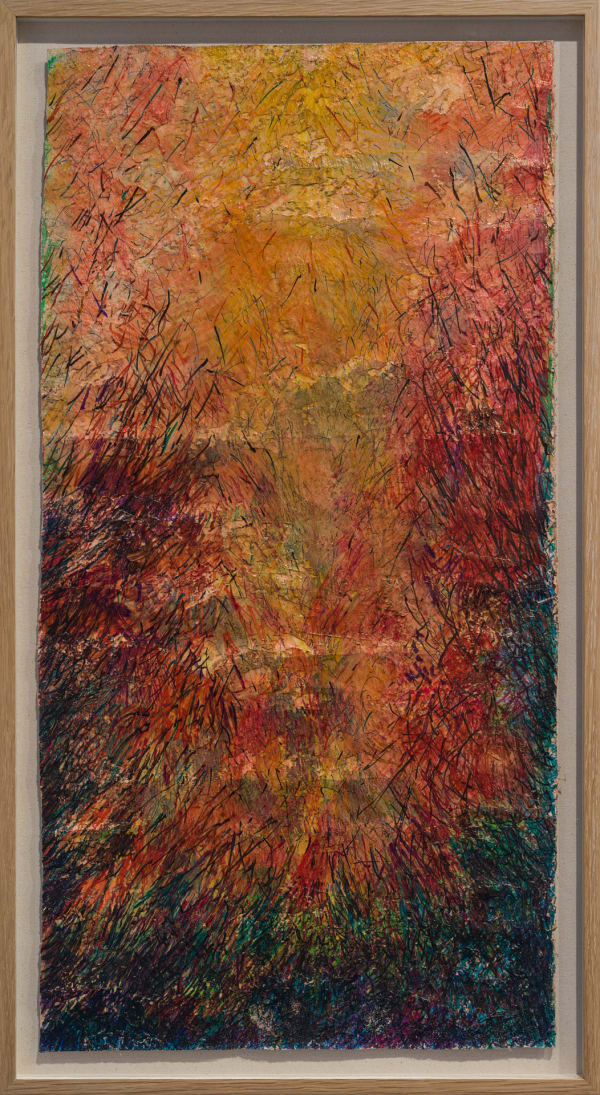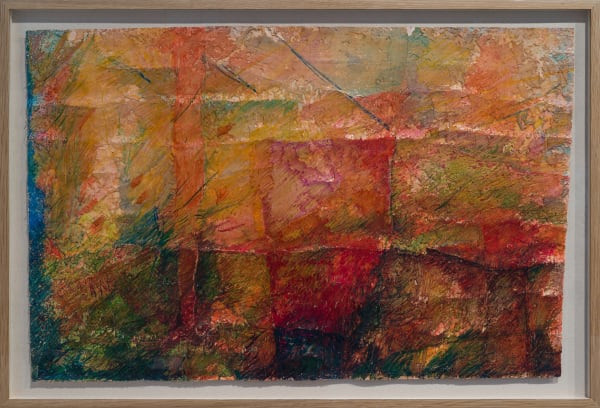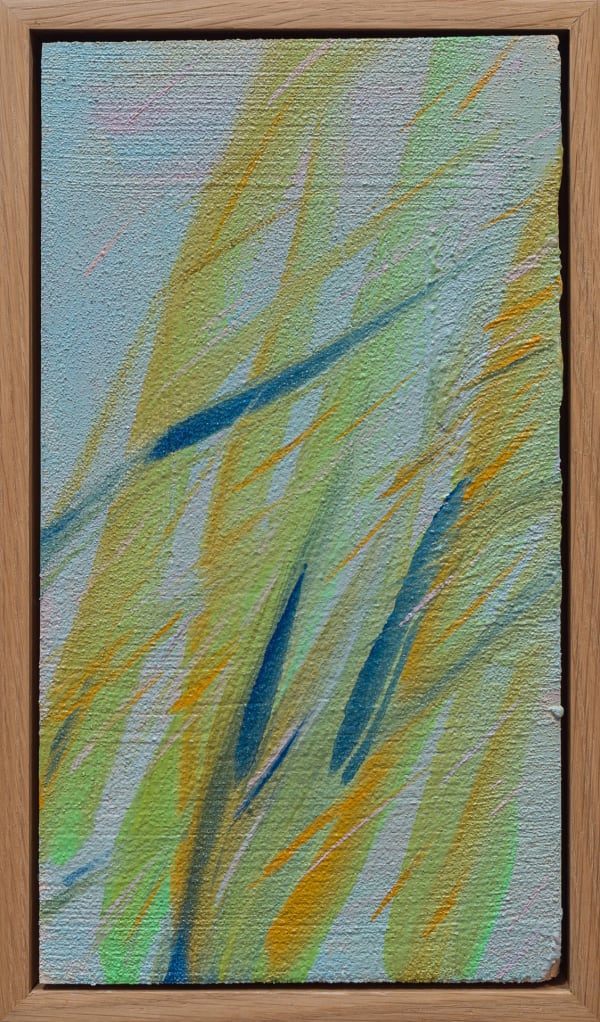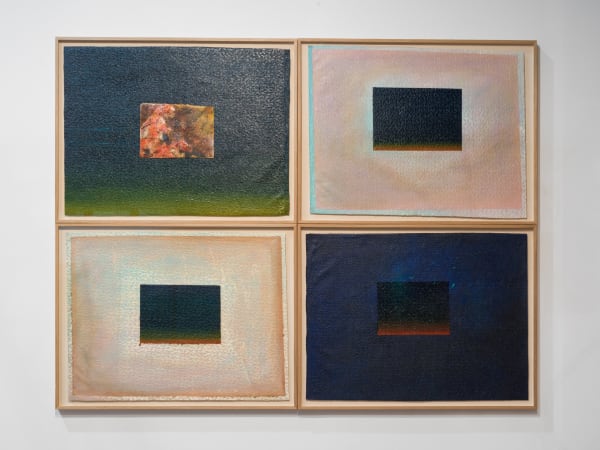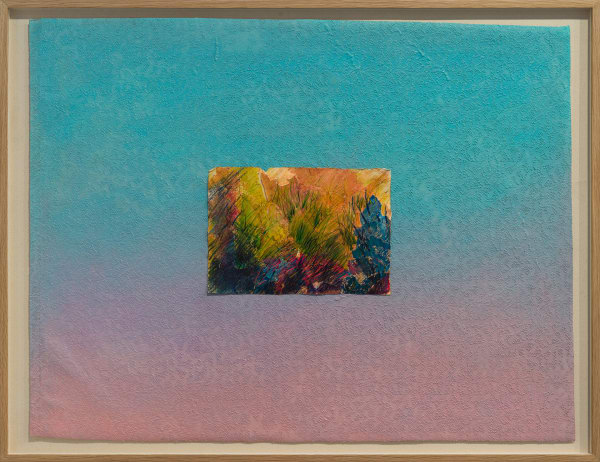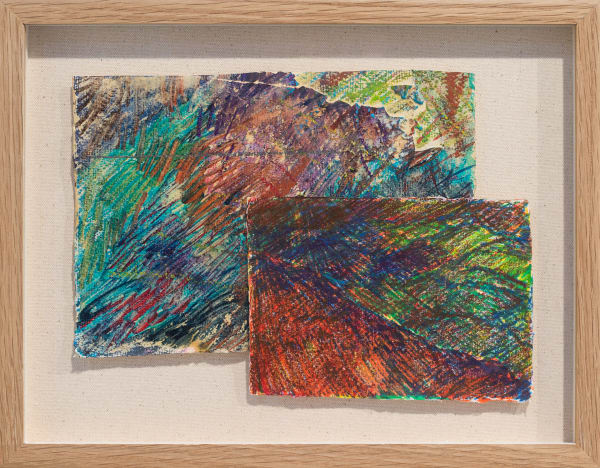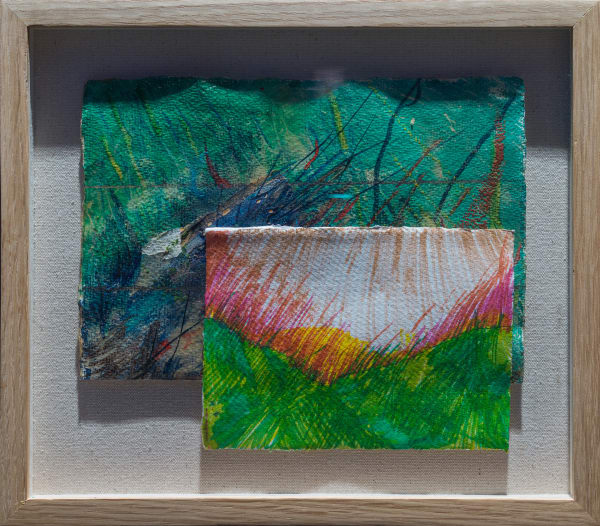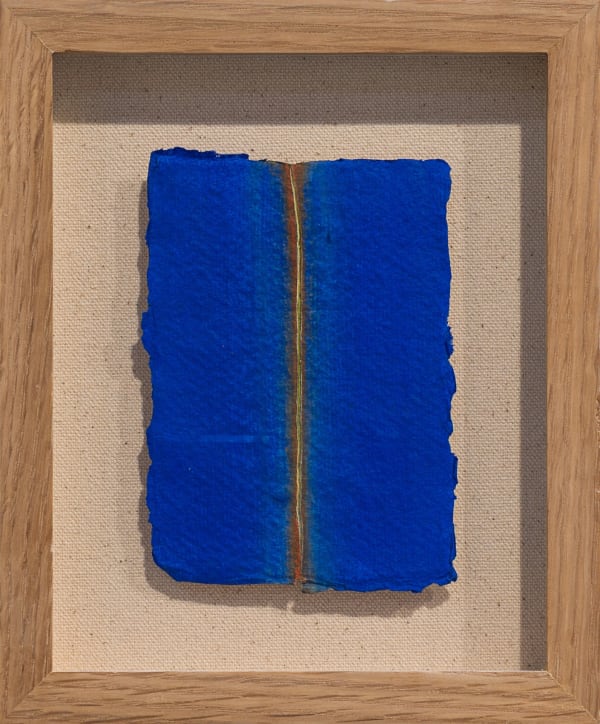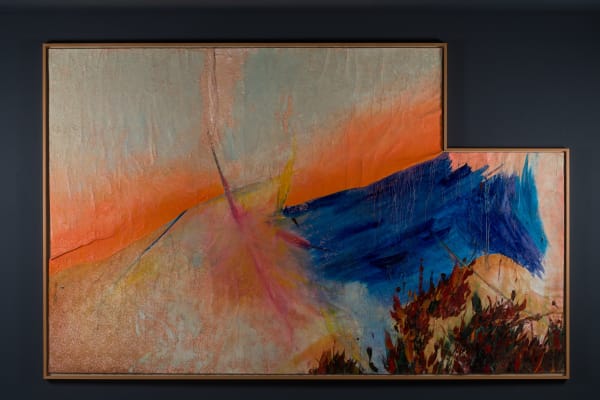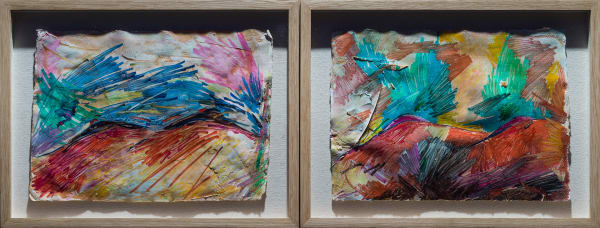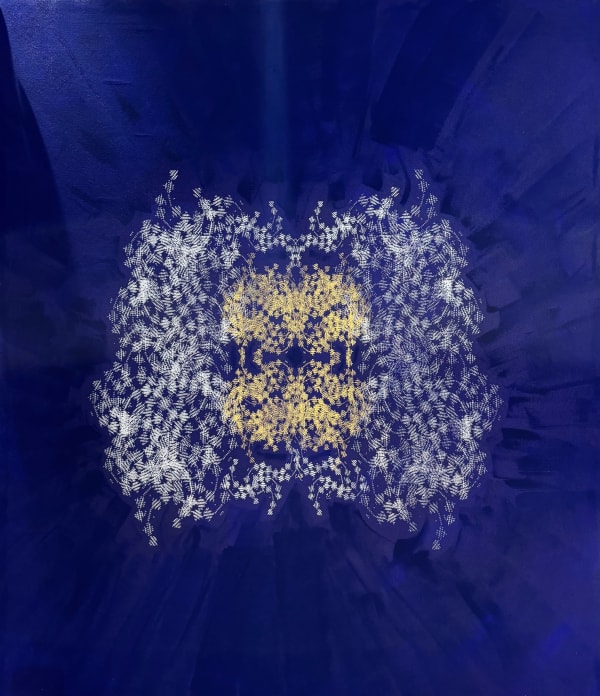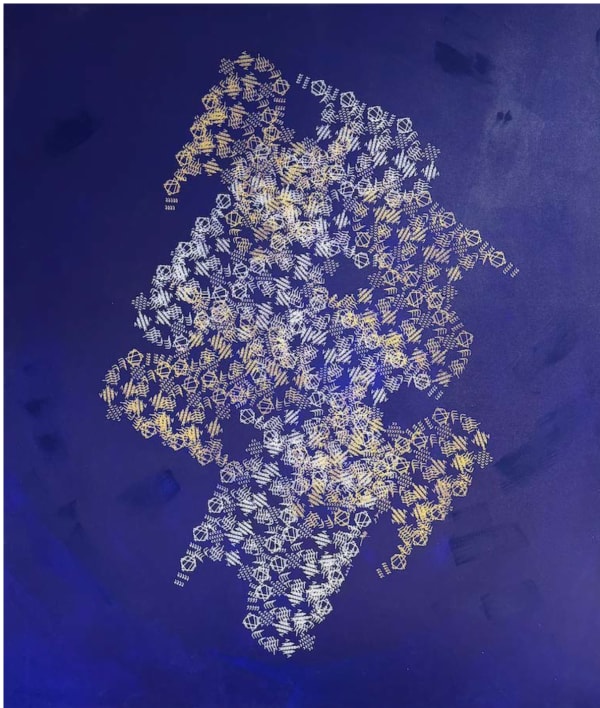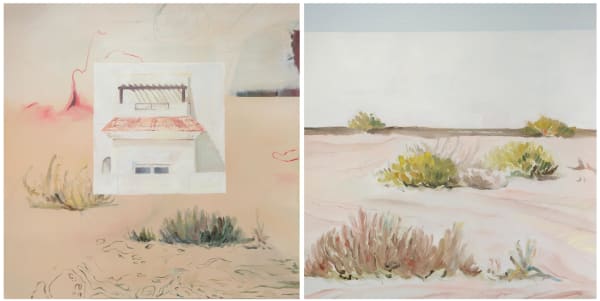-

-
-
-
TA: So the fair functioned as a continuation rather than a separate event?
MT: Exactly, continuity was the objective. By treating the booth as part of the exhibition’s development, we created a chance to explore one concept across two settings and through two lenses. Figuration and bodily presence in Dubai; abstraction and repetition in Abu Dhabi. Visitors encountered different registers of meaning by moving between locations. The process of movement was part of the curatorial strategy. -
-

TA: How do these ideas live on after the fair?
MT: The title Fertile Dreams expresses growth and generation. We worked with those ideas - seeding, spreading, expanding - and took them as the foundation of our approach, evolving across space. The exhibition will be in motion until Spring 2026, giving the works time to breathe and shift. Over the coming months, artists will respond directly to the space. Some will introduce new pieces, others will extend existing ideas. Chafa Ghaddar is planning a site-specific fresco that will emerge on-site, allowing the exhibition to unfold in real time.The intention is to treat Fertile Dreams as a living framework. Ideas will rotate, themes may deepen, and the curatorial narrative will evolve. We’re creating the conditions for ongoing dialogue, the kind that invites attention over time rather than a single encounter. Beyond the visual presentation, we’ll activate the space through intimate gatherings, inviting the community to return and experience the work as it changes. We want to slow down the exhibition format and approach it anew, considering it as a site of artistic development, connection, and fertile ground from which ideas can grow.
-
-
 Nasser Almulhim, Balance of Oddities, 2025 Sold
Nasser Almulhim, Balance of Oddities, 2025 Sold -
 Nasser Almulhim, Gravity in Rehearsal, 2025 Sold
Nasser Almulhim, Gravity in Rehearsal, 2025 Sold -
 Chafa Ghaddar, Leaning into the nights #10, 2025
Chafa Ghaddar, Leaning into the nights #10, 2025 -
 Chafa Ghaddar, Leaning into the nights #11, 2025
Chafa Ghaddar, Leaning into the nights #11, 2025
-
 Chafa Ghaddar, Leaning into the nights #12, 2025
Chafa Ghaddar, Leaning into the nights #12, 2025 -
 Chafa Ghaddar, Leaning into the nights #13, 2025
Chafa Ghaddar, Leaning into the nights #13, 2025 -
 Chafa Ghaddar, Leaning into the nights #14, 2025
Chafa Ghaddar, Leaning into the nights #14, 2025 -
 Chafa Ghaddar, Leaning into the nights #15, 2025 Sold
Chafa Ghaddar, Leaning into the nights #15, 2025 Sold
-
 Chafa Ghaddar, Leaning into the nights #16, 2025
Chafa Ghaddar, Leaning into the nights #16, 2025 -
 Chafa Ghaddar, Leaning into the nights #17, 2025
Chafa Ghaddar, Leaning into the nights #17, 2025 -
 Chafa Ghaddar, Leaning into the nights #18, 2025 Sold
Chafa Ghaddar, Leaning into the nights #18, 2025 Sold -
 Chafa Ghaddar, Leaning into the nights #19, 2025
Chafa Ghaddar, Leaning into the nights #19, 2025
-
 Chafa Ghaddar, Leaning into the nights #3, 2025
Chafa Ghaddar, Leaning into the nights #3, 2025 -
 Chafa Ghaddar, Leaning into the nights #4, 2025
Chafa Ghaddar, Leaning into the nights #4, 2025 -
 Chafa Ghaddar, Leaning into the nights #6, 2025
Chafa Ghaddar, Leaning into the nights #6, 2025 -
 Chafa Ghaddar, Leaning into the nights #7, 2025 Sold
Chafa Ghaddar, Leaning into the nights #7, 2025 Sold
-
 Chafa Ghaddar, Leaning into the nights #8, 2025 Sold
Chafa Ghaddar, Leaning into the nights #8, 2025 Sold -
 Chafa Ghaddar, Land filled, 2024 Sold
Chafa Ghaddar, Land filled, 2024 Sold -
 Chafa Ghaddar, Leaning into the nights #5, 2025
Chafa Ghaddar, Leaning into the nights #5, 2025 -
 Chafa Ghaddar, Leaning into the nights #9, 2025
Chafa Ghaddar, Leaning into the nights #9, 2025
-


